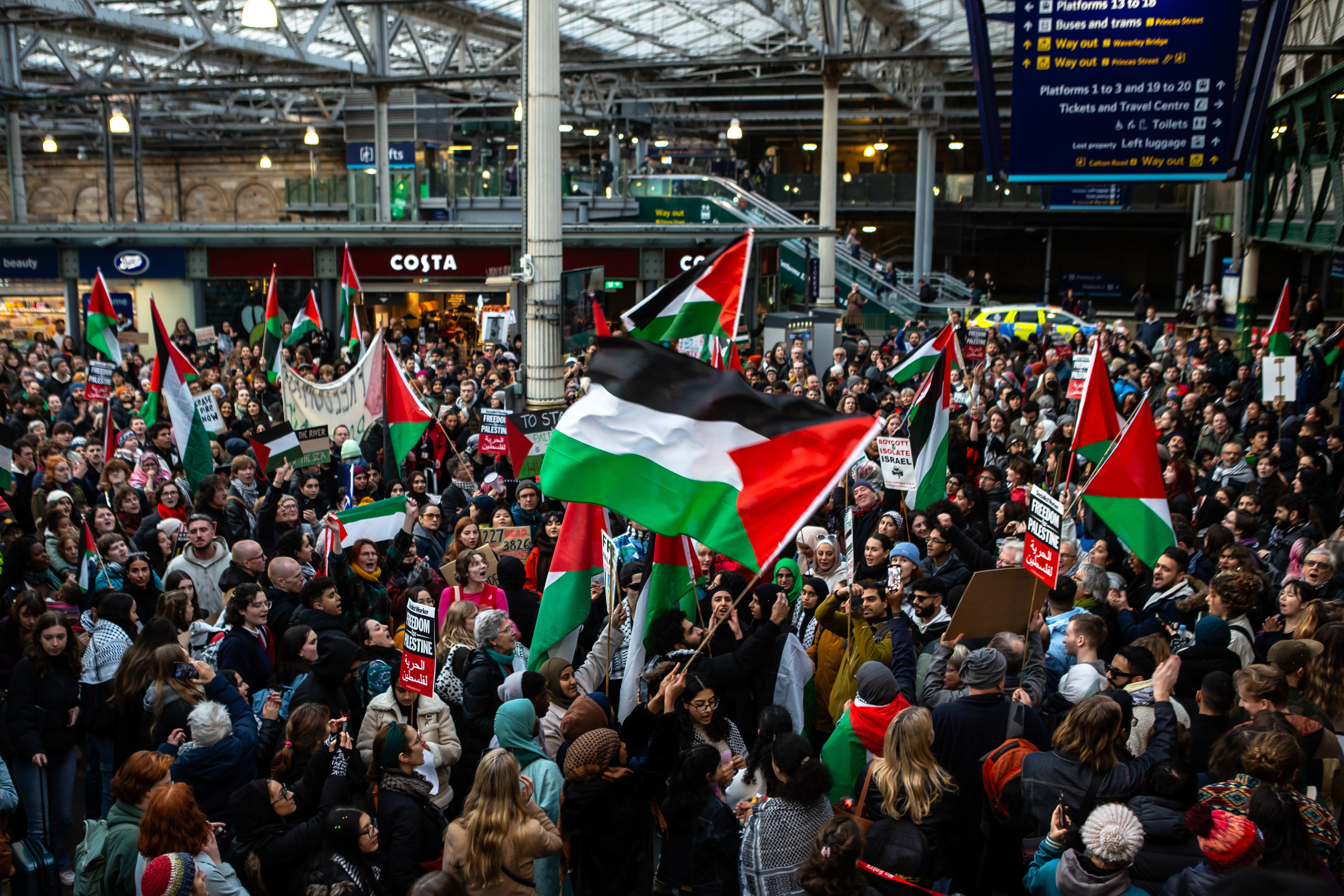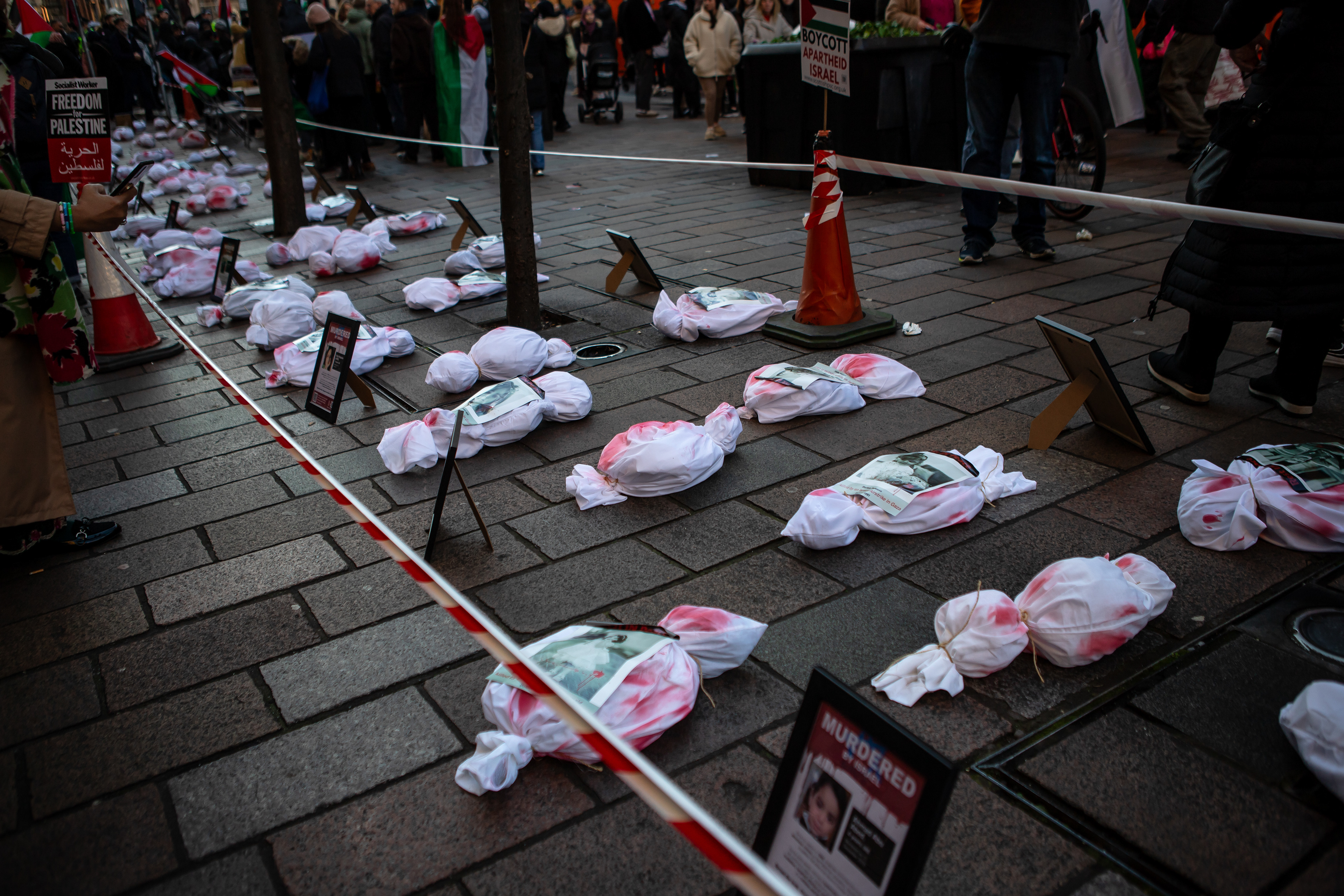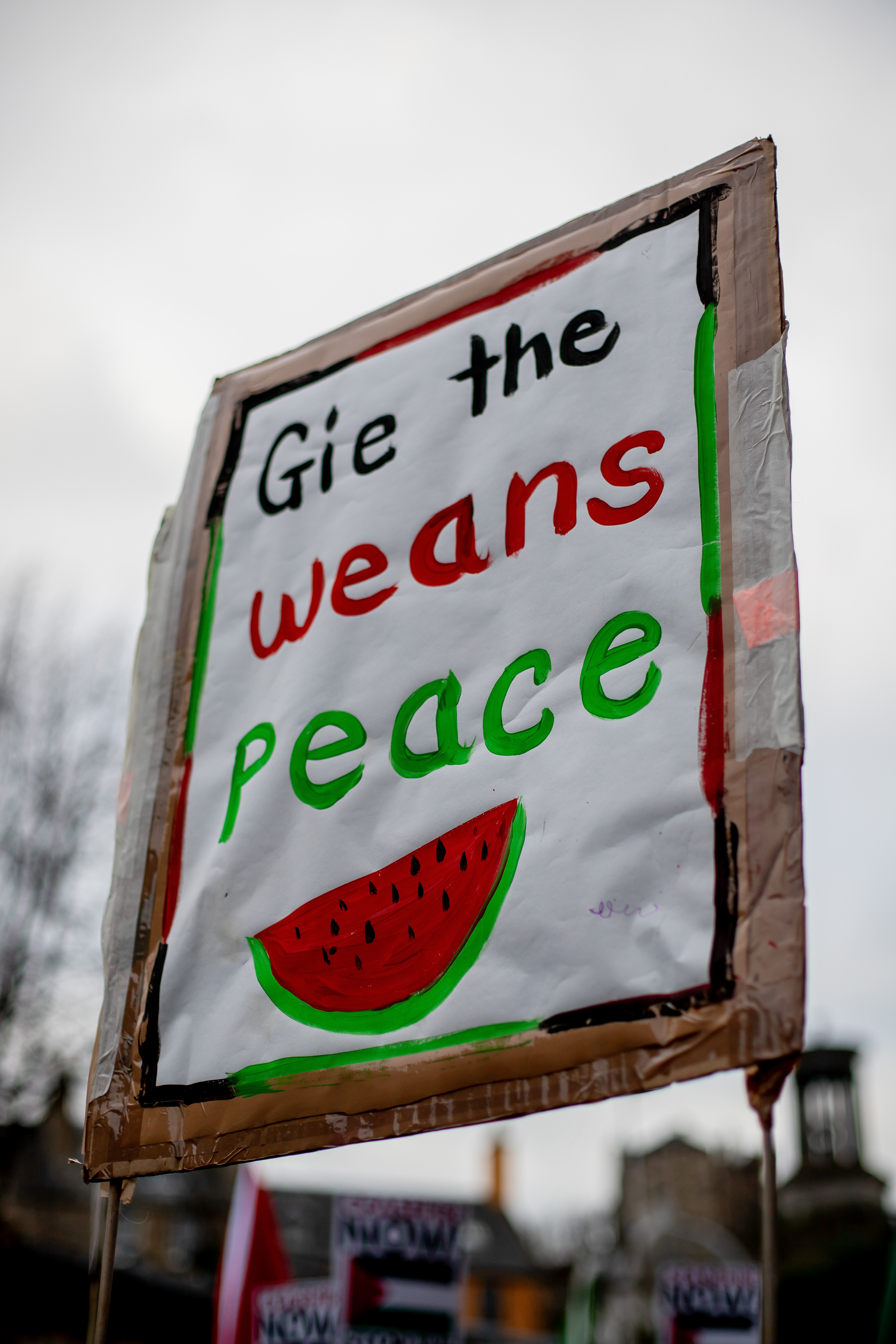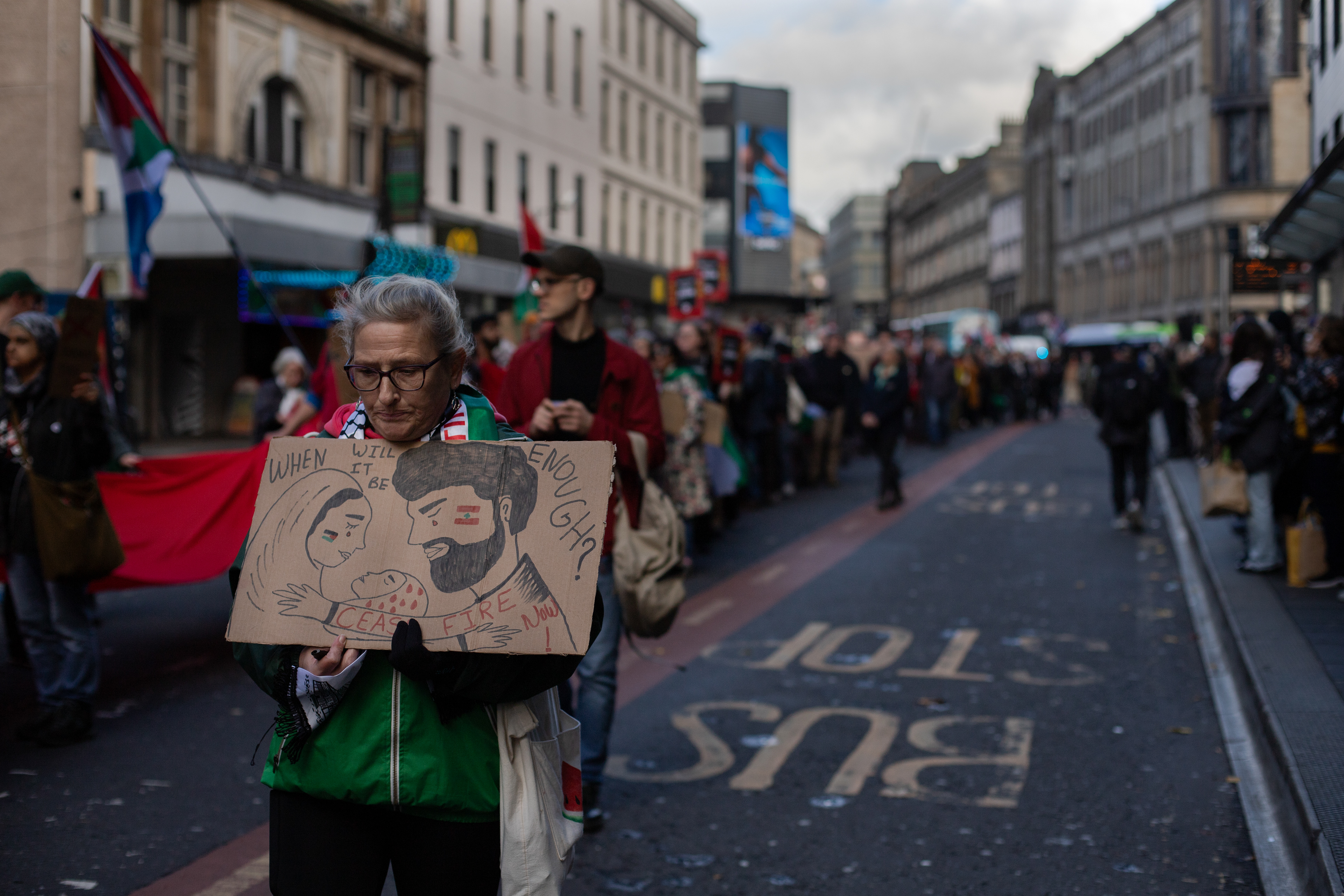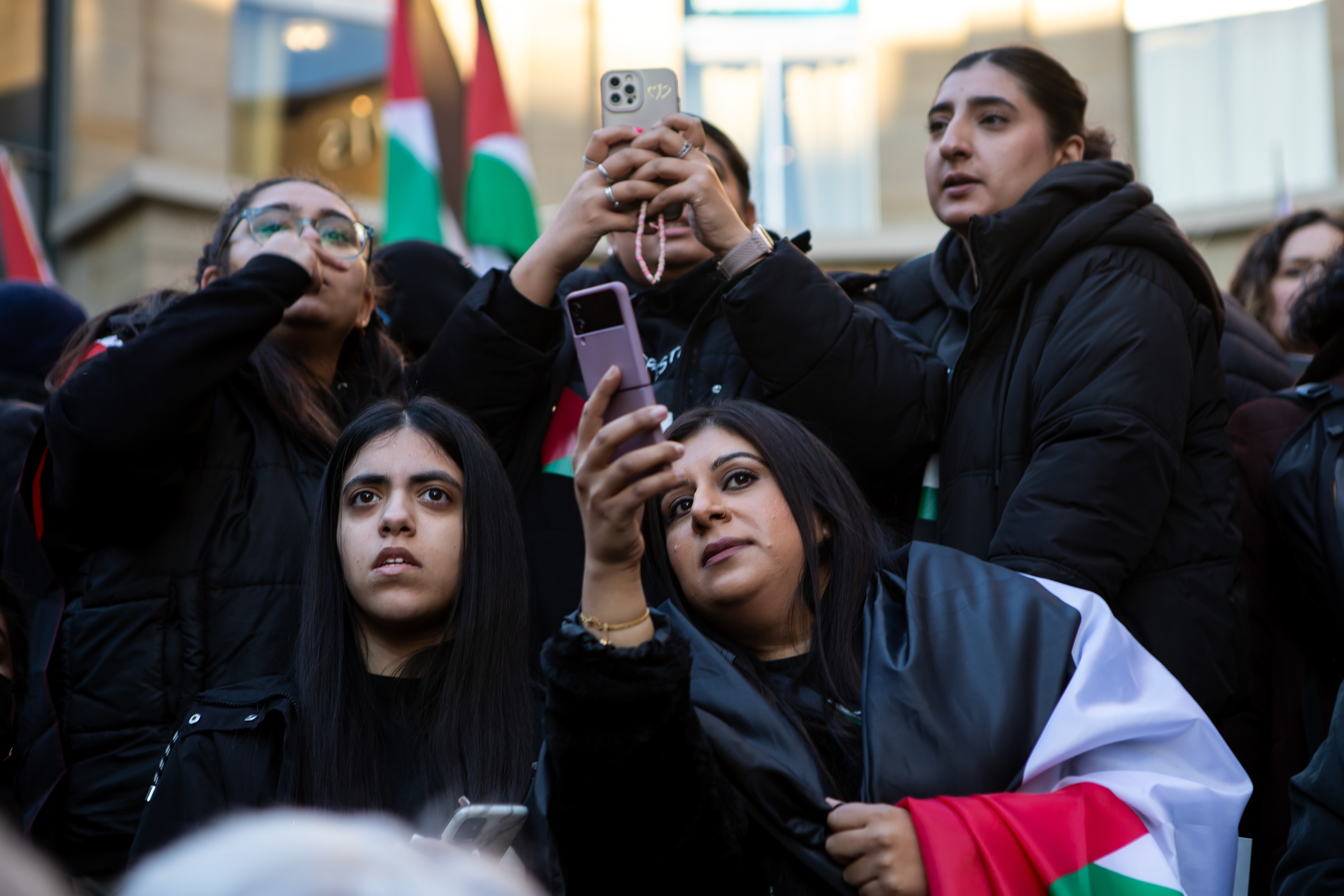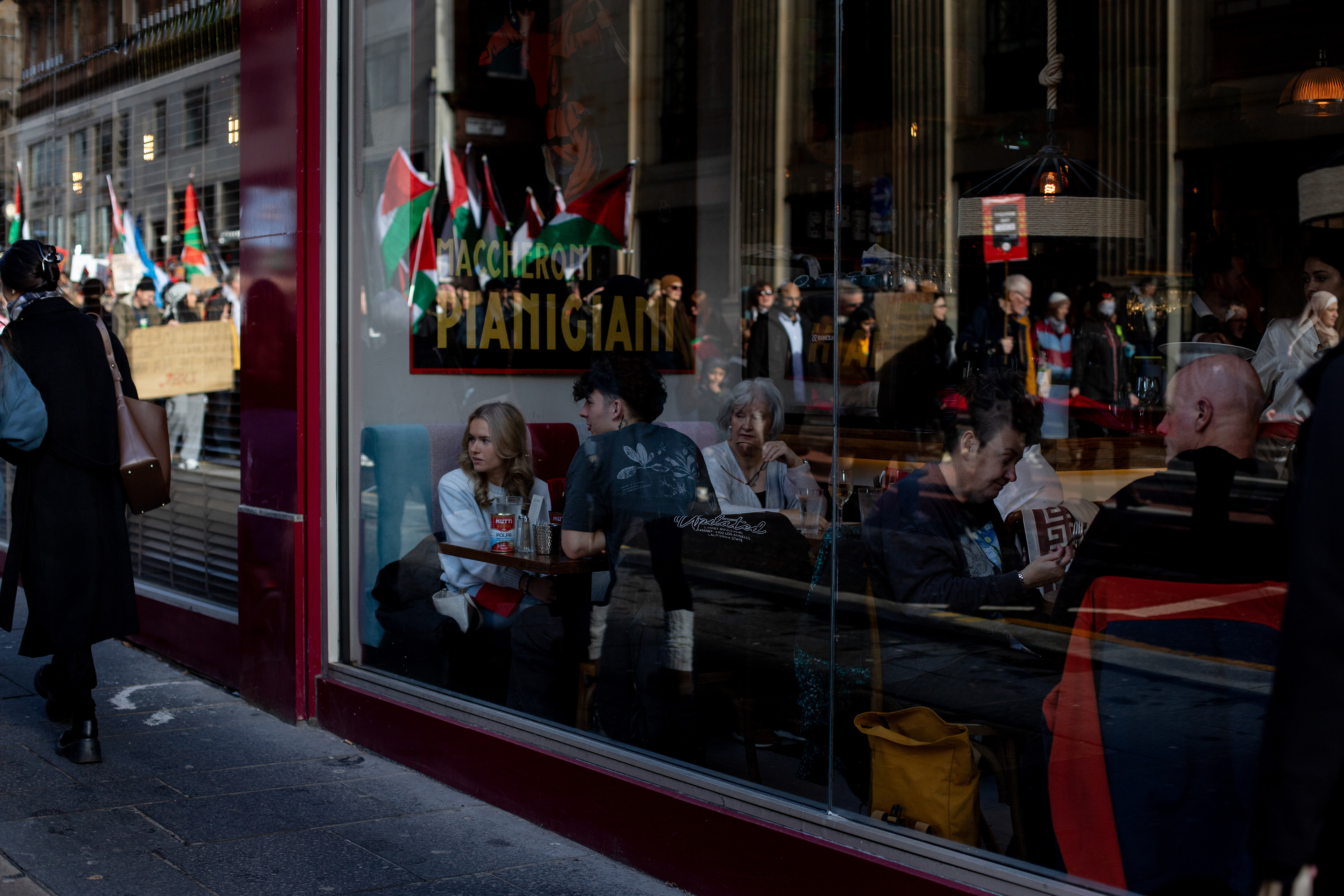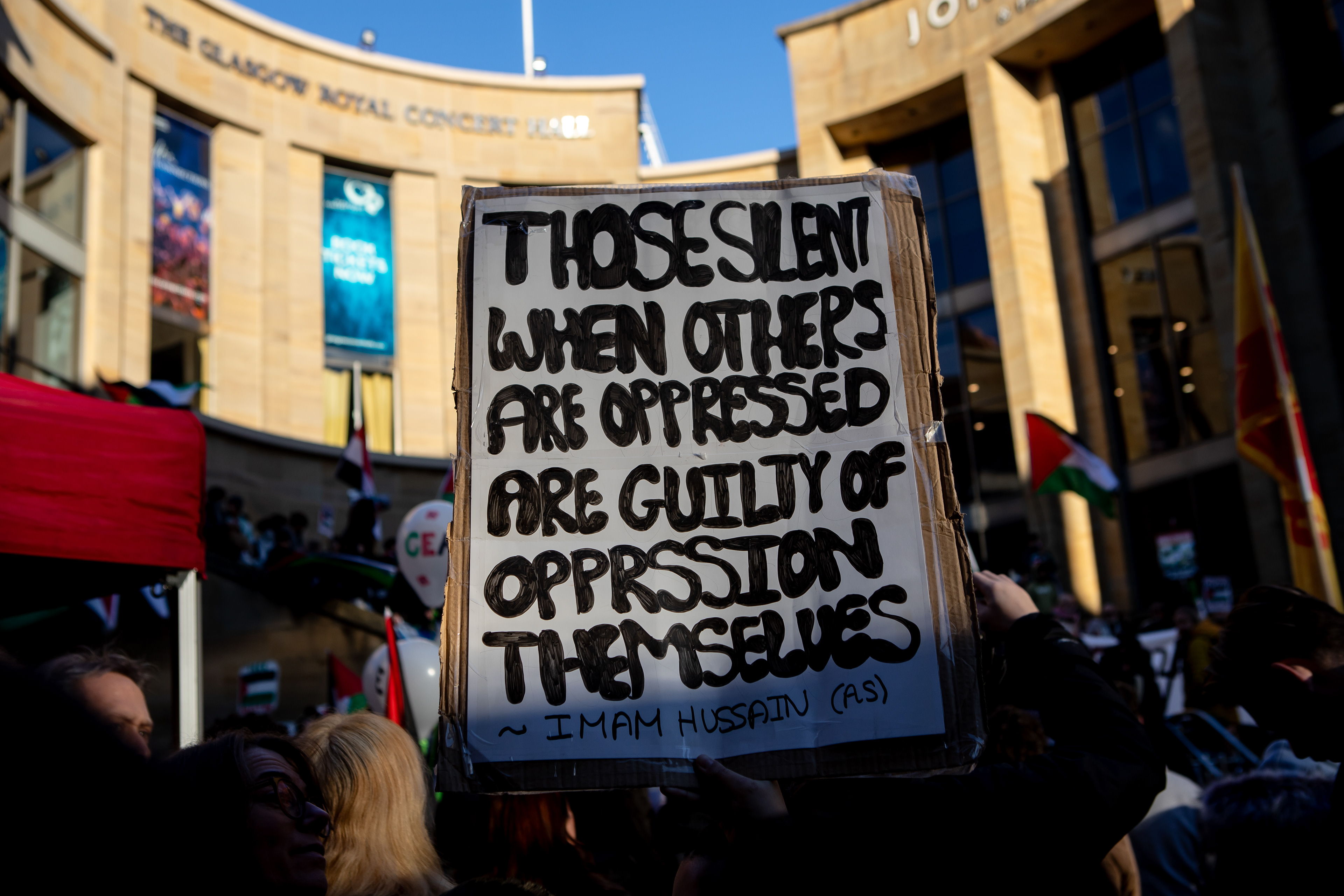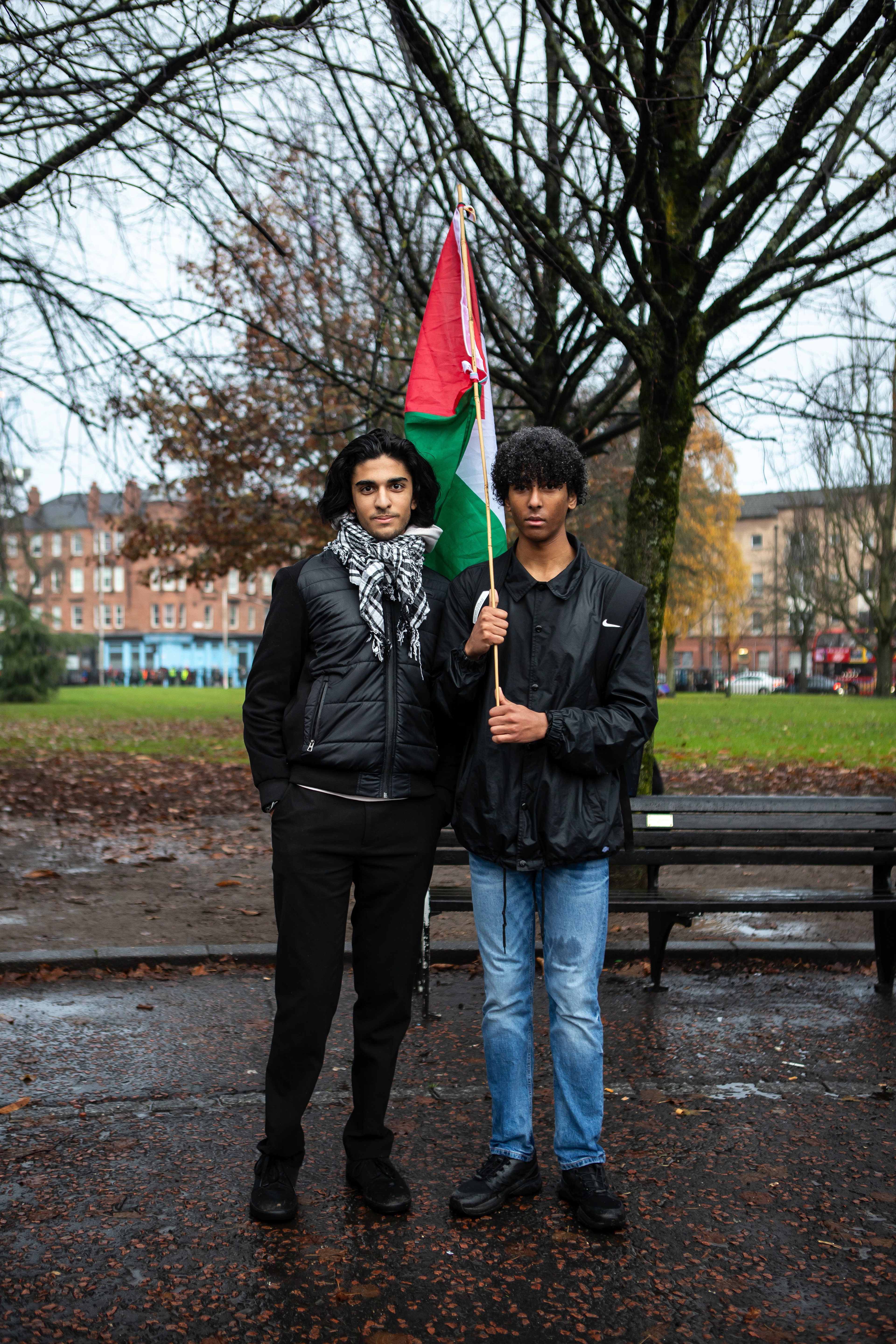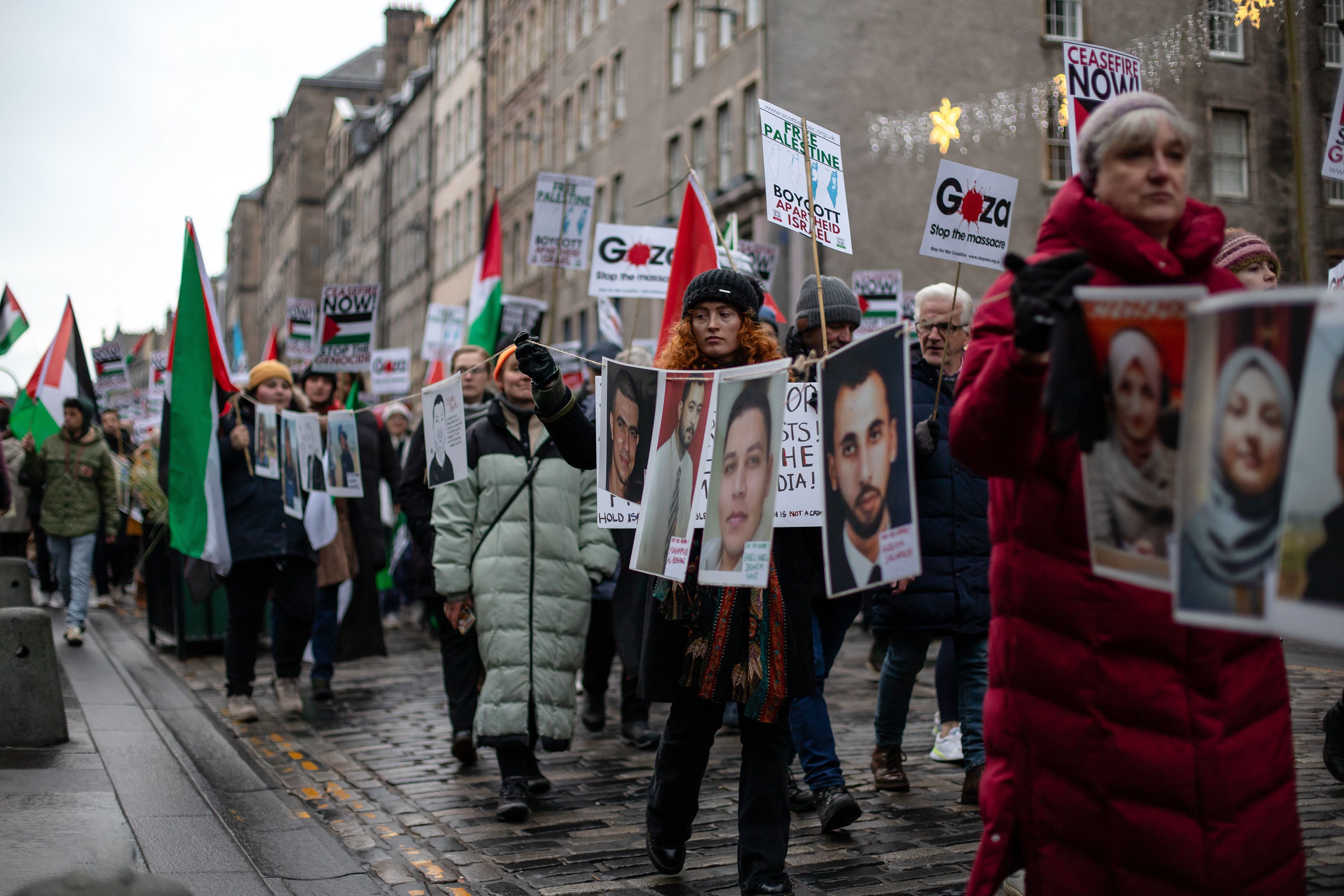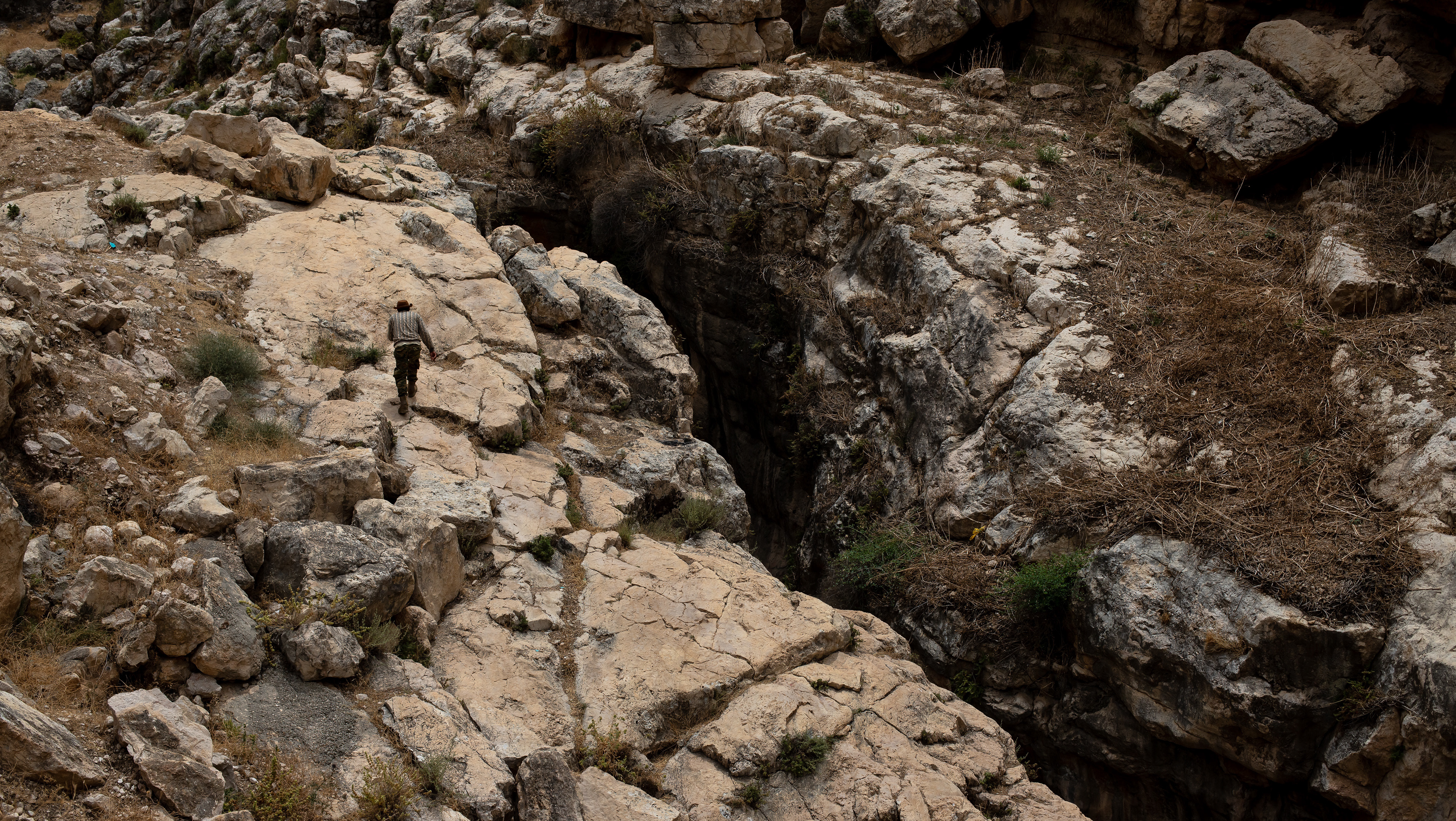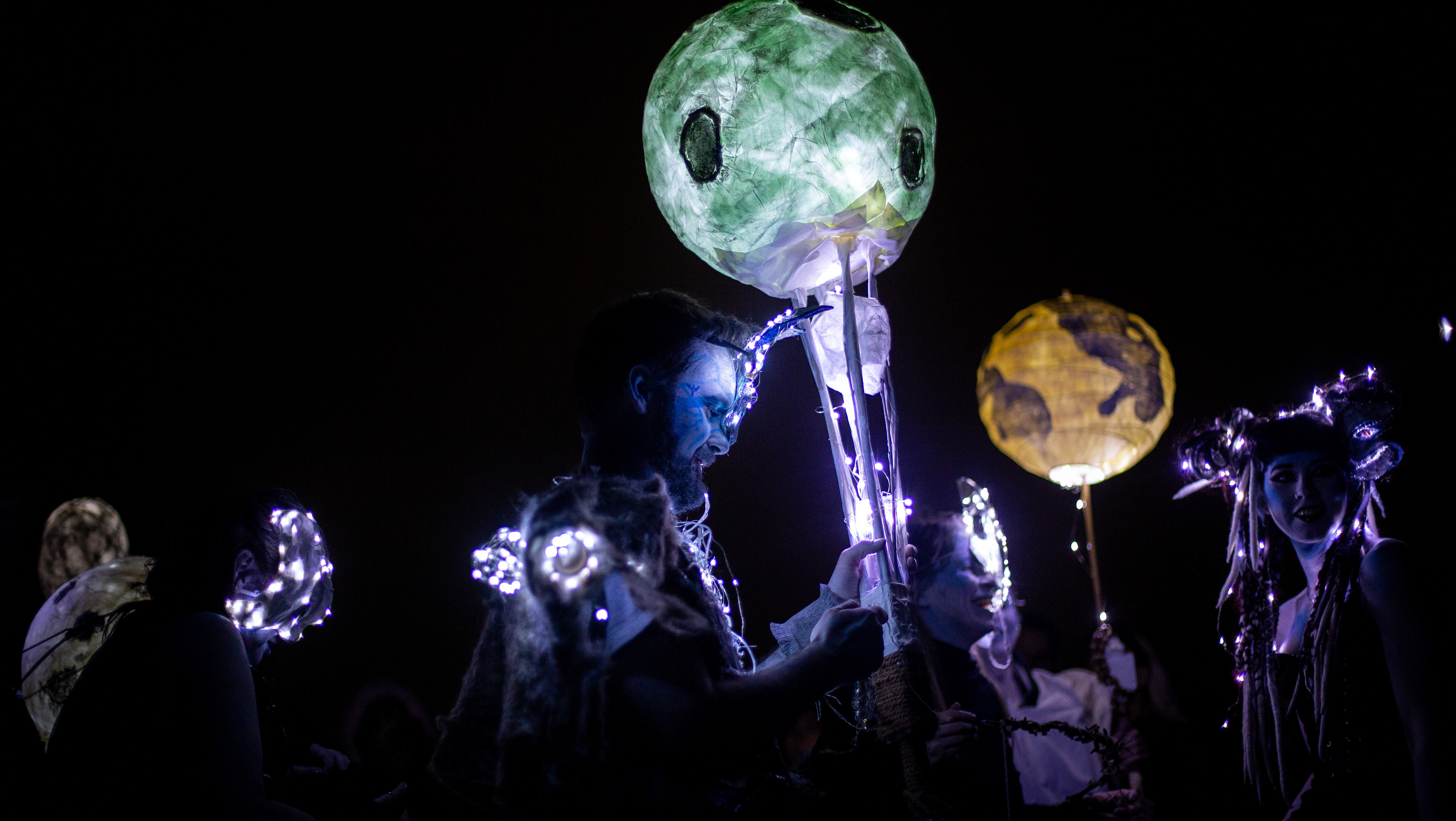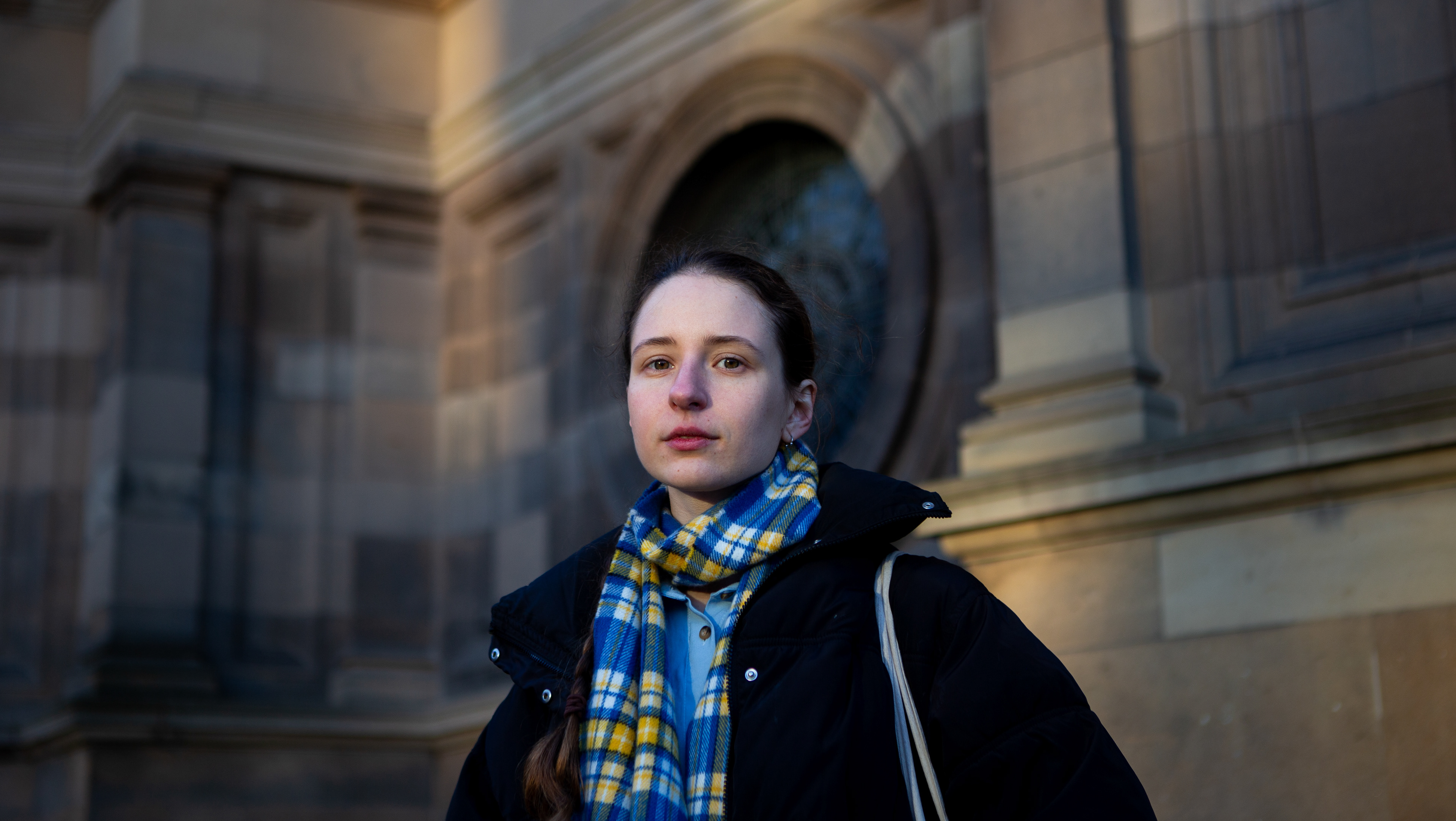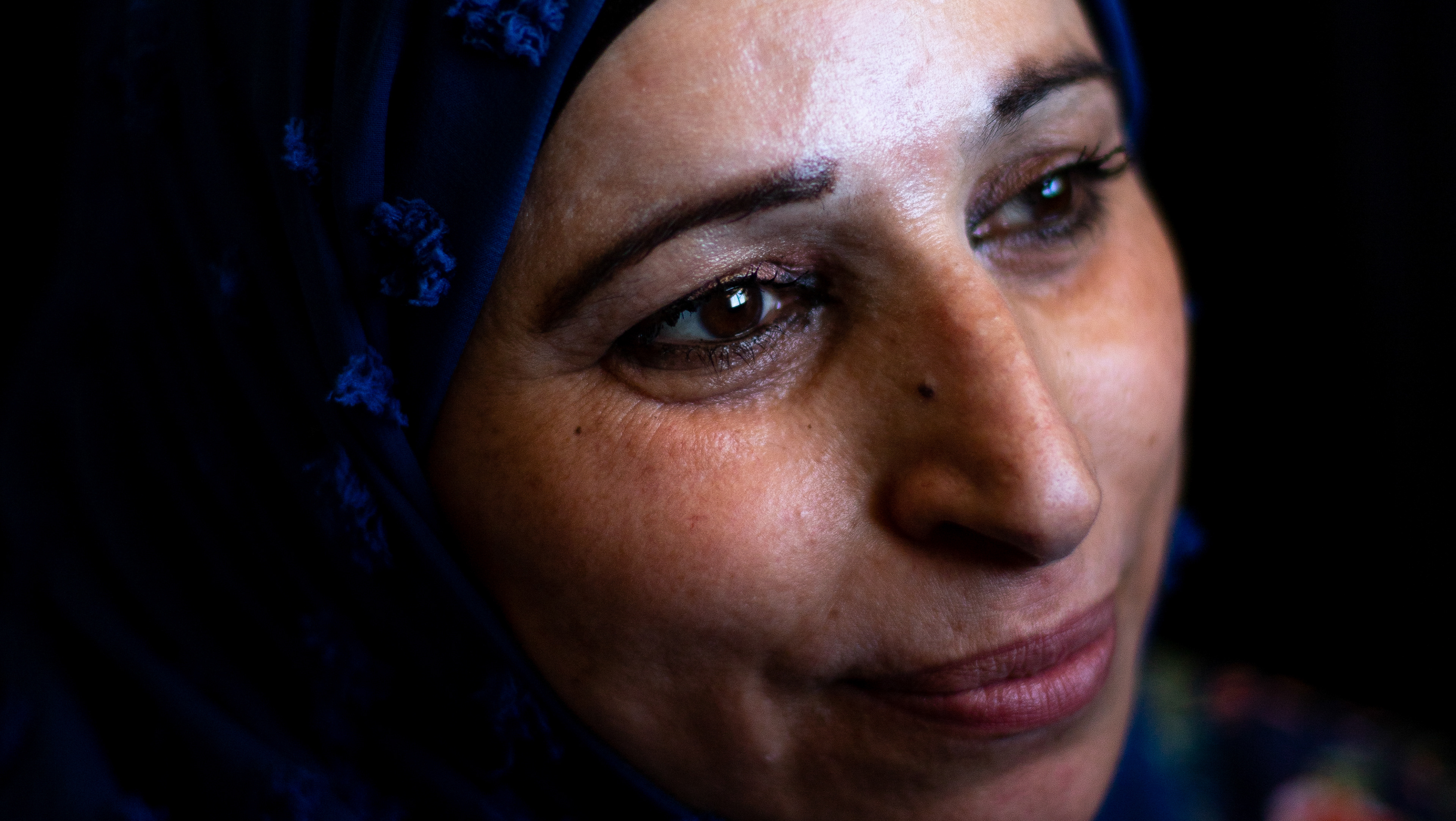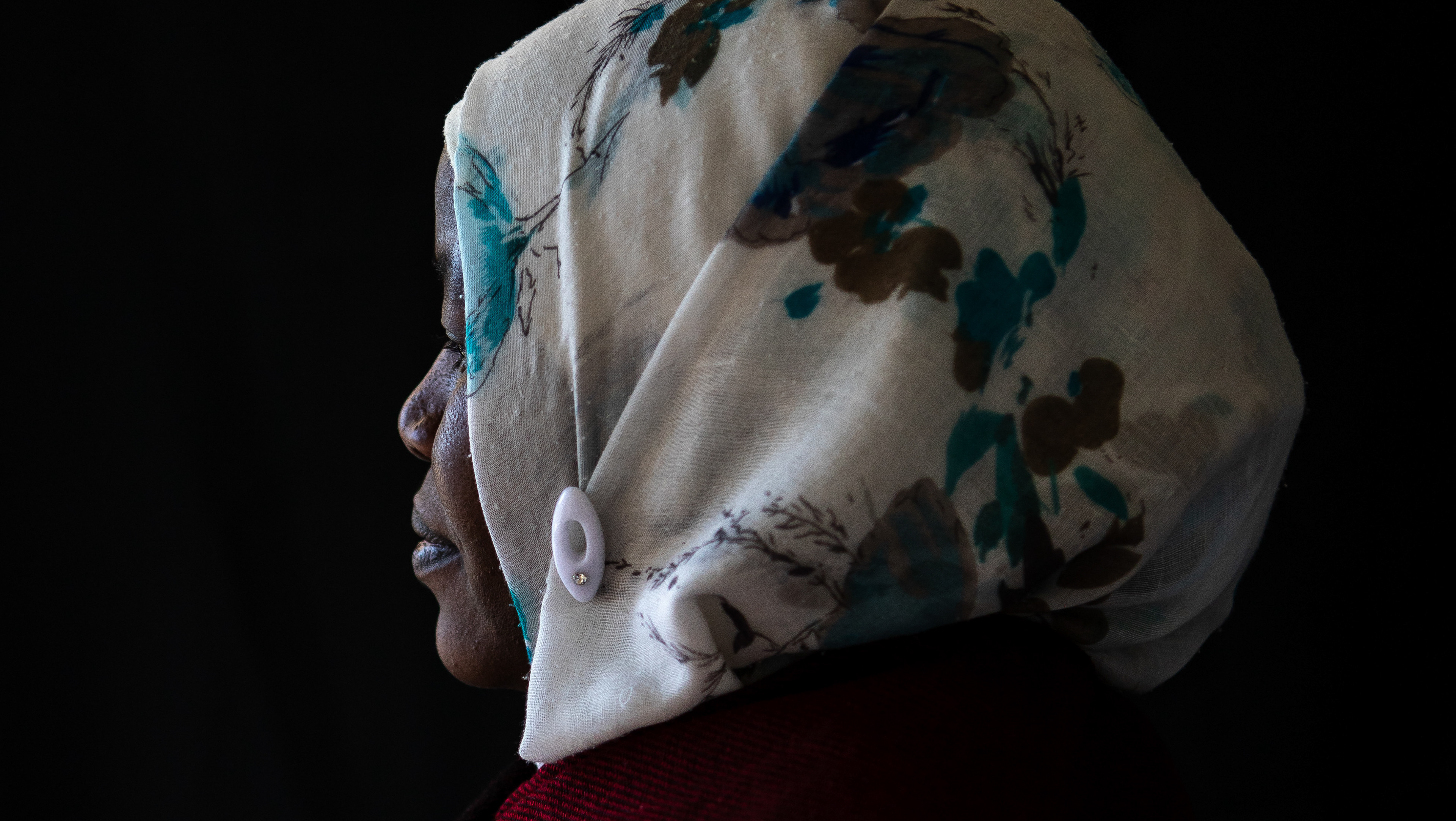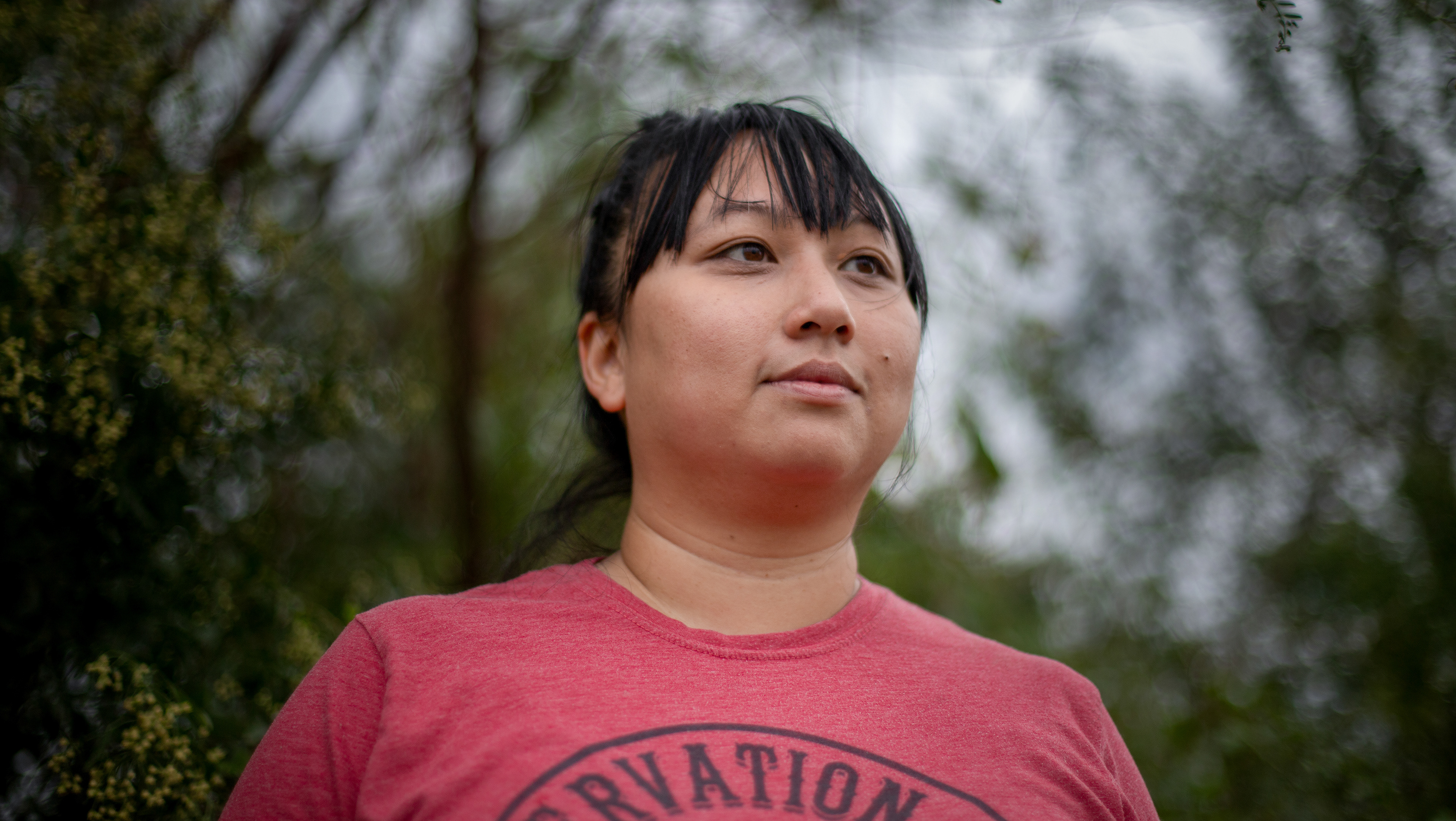From 2023 to 2025, pro-Palestine demonstrations employed imagery and symbolic acts to challenge dominant narratives and convey an urgent moral stance.
Protest, by nature, is a public act—staged to be witnessed, even photographed. Its power lies in visibility: in people coming together to make a collective stance. As atrocities in Gaza circulated widely online, many experienced the conflict not just through headlines, but through a constant stream of graphic, immediate visual testimony. This daily witnessing stirred a need to respond—to not just watch, but be seen standing against it. Documenting one’s presence at protests became a way to transform passive witnessing, extending the message where it could reach a broader audience and publicly declare one’s position.
